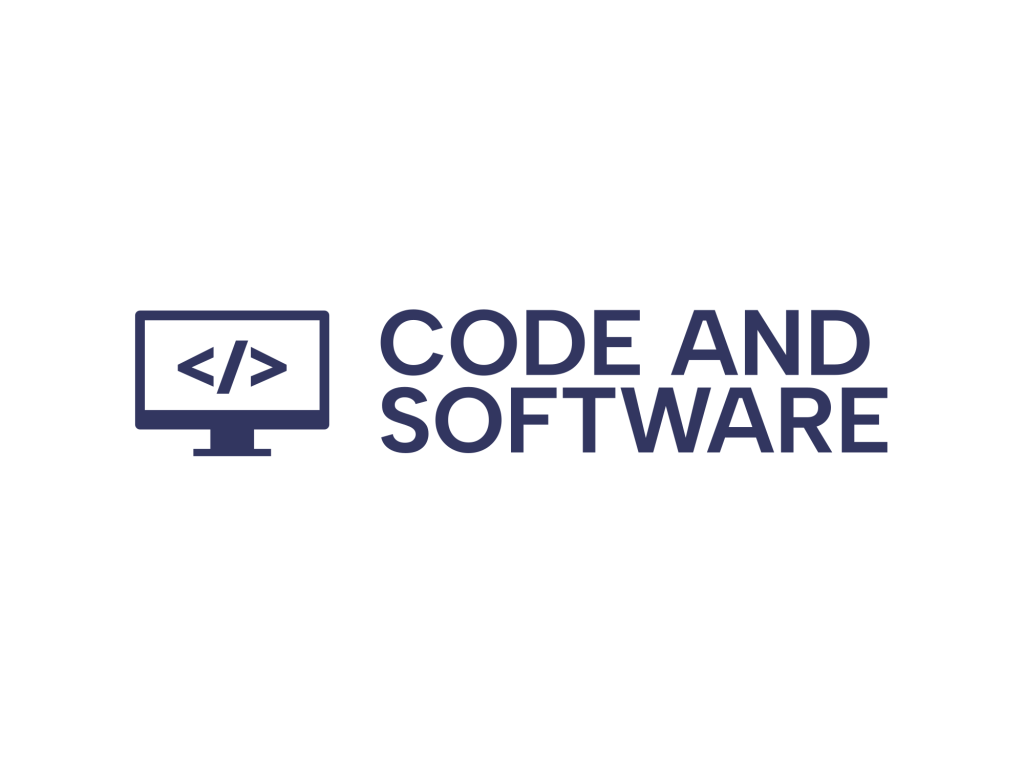If you’ve encountered the dreaded message “There has been a critical error on this website” while trying to access your WordPress site, you’re not alone. This error message signals that something has gone seriously wrong with your website’s functionality. Though the message is vague, the underlying issue is usually related to plugin conflicts, theme problems, outdated PHP versions, or corrupted files. The good news is that this problem can be fixed relatively easily, especially if you follow the correct steps.
In this guide, we’ll walk you through a reliable, step-by-step approach to identifying the root cause and resolving it efficiently. Follow along carefully and your site should be up and running again in no time.
Step 1: Understand What the Error Means
When WordPress displays this message, it indicates a fatal PHP error is occurring. That means a certain line of code is breaking the site’s execution process. This could be triggered by:
- A compatibility issue between plugins or themes
- Updating the WordPress core, a plugin, or a theme that conflicts with another component
- Using outdated PHP versions not supported by newer WordPress code
- Malicious or corrupted files
While it can be intimidating, the issue is generally fixable once the root cause is identified.
Step 2: Enable Debug Mode
The first step toward resolving the issue is to uncover more information about what caused it. WordPress has a built-in debugging tool for that purpose.
- Access your website’s root folder via FTP or through your hosting control panel (such as cPanel).
- Download and open the wp-config.php file.
- Look for this line:
define('WP_DEBUG', false); - Change it to the following:
define('WP_DEBUG', true); define('WP_DEBUG_LOG', true); define('WP_DEBUG_DISPLAY', false); - Save the file and upload it back to the server.
This configuration will create a debug log file inside the wp-content folder, named debug.log. Open that file to see detailed error messages, file paths, and line numbers, which will help you identify the culprit.
Step 3: Access the Admin Area Using Recovery Mode
WordPress has improved its error handling in recent versions. When a critical error occurs, WordPress often sends an automated email to the admin email address with a special login link that allows you to access the backend in Recovery Mode.
Check your inbox (including the spam folder) for an email with a subject like: “Your Site is Experiencing a Technical Issue”. This email will contain a unique link to log in and fix the problem manually, such as disabling a faulty plugin.
If you’re able to log in this way, proceed to deactivate themes or plugins you’ve recently updated or installed. Otherwise, continue to the next step.
Step 4: Deactivate All Plugins
Plugin conflicts are one of the most common reasons for critical errors. You can deactivate them all at once via FTP:
- Log into your server using FTP or File Manager.
- Navigate to the wp-content directory.
- Rename the plugins folder to plugins_disabled.
This will deactivate all plugins on your site. Now visit your website. If it loads properly, you’ll know that one or more plugins were causing the problem.
To identify the specific plugin responsible:
- Rename plugins_disabled back to plugins.
- Then rename each individual plugin folder inside one by one until the issue reappears. This will help isolate the faulty plugin.

Step 5: Switch to Default WordPress Theme
If deactivating plugins didn’t resolve the issue, the problem might lie with your theme. Themes can become incompatible after WordPress core updates or if they contain syntax errors.
To switch back to a default theme such as Twenty Twenty-Three:
- Navigate to wp-content/themes.
- Rename your current theme’s folder (e.g., from my-theme to my-theme-old).
- WordPress will automatically fall back to a default theme if available.
If no default theme is present, download one manually from WordPress.org, upload it to the themes folder, and rename it to activate.
Step 6: Confirm PHP Version Compatibility
WordPress works best with PHP 7.4 or higher. Older versions may cause functions or syntax to break. Likewise, plugins and themes may make use of newer PHP features not supported on your version.
You can check and change the PHP version via your hosting cPanel or contact your hosting provider for assistance. To determine your website’s compatibility requirements, refer to the plugin or theme documentation.
Step 7: Reinstall WordPress Core Files
WordPress core files can become corrupted due to incomplete updates, malware, or file system errors. Reinstalling the core while preserving content can fix potential integrity issues.
- Download the latest version of WordPress from wordpress.org.
- Extract the ZIP file on your computer.
- Delete the wp-content folder to avoid overwriting your custom files.
- Upload the remaining files and folders via FTP to your site’s root directory, overwriting existing files.
This action won’t affect your themes, plugins, or uploads. However, create a backup before proceeding just in case.
Image not found in postmetaStep 8: Check for Malware or Corrupted Files
If none of the above steps fix the issue, consider scanning your site for malware or corrupted files. Malicious scripts can cause core files to fail and trigger critical errors.
There are various tools and services to scan your site:
- Sucuri SiteCheck
- Wordfence Security Plugin (run audit when you regain access)
- MalCare Security Plugin
If malware is found, follow cleanup instructions or contact a specialized service.
Step 9: Restore a Recent Backup
If all else fails, and your website is still down, restoring from a backup may be your safest route. Most hosting providers offer one-click restore features or daily backups. Alternatively, use your own backup files created by a plugin like UpdraftPlus, BackupBuddy, or BlogVault.
This step will bring your site back to a previous state where it functioned correctly. Be mindful that any recent changes may be lost in the process.
Best Practices to Prevent Future Critical Errors
Once your website is up and running again, make sure to implement these practices to avoid future issues:
- Use a staging environment to test updates before pushing them live
- Keep themes, plugins, and WordPress core up to date consistently
- Maintain regular site backups with automated backup solutions
- Avoid using nulled or pirated plugins and themes which often contain malicious code
- Use reliable hosting providers with support for proper PHP versions and security measures
Conclusion
Seeing the message “There has been a critical error on this website” can be alarming, but with a systematic approach, the issue can be identified and fixed effectively. From debugging mode to plugin and theme isolation, PHP upgrades to core file restoration — each step plays a critical role in determining the exact cause and remedy.
Stay calm, take a backup before making any changes, and proceed methodically. If problems persist or go beyond your technical comfort level, don’t hesitate to consult your hosting provider or a professional WordPress developer.

